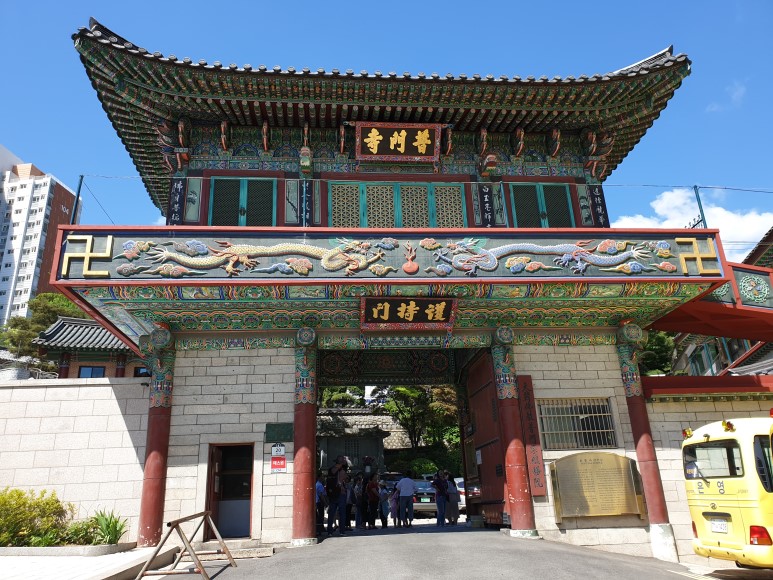
With summer right upon us, this is the best time to go on walks with your loved ones or alone along the Seongbukstream. The water from the stream cools us from the heat and we can enjoy the nature and good air that comes with the summer. Unfortunately, this also comes with some rainy days so when you see the sun, grab your bag and head out. It was on one of those days that I decided to book a free walking tour with the “Seongbuk-dong Beautiful People”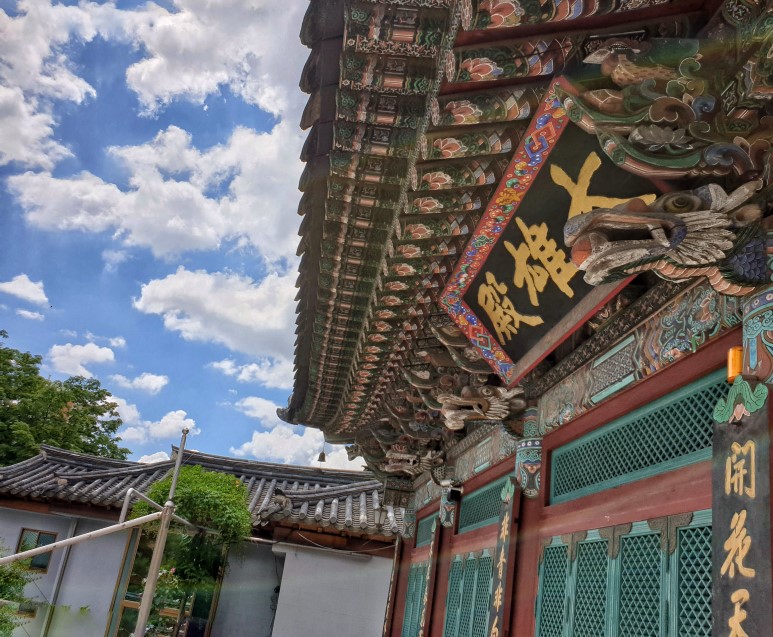
“Seongbuk-dong Beautiful People” are a group of people committed to guiding people round Seongbuk on free walking tours. Since 2015, the Seongbuk-gu Office has been providing this history and culture tour. Every week, there is a different course to explore with fellow Seongbuk residents and the tour guides are very well informed about the places visited. They are a very good source of information so if you are interested in our neighborhood’s history, apply for a free walking tour on their website. The tours are only available in Korean but you can still feel the atmosphere.
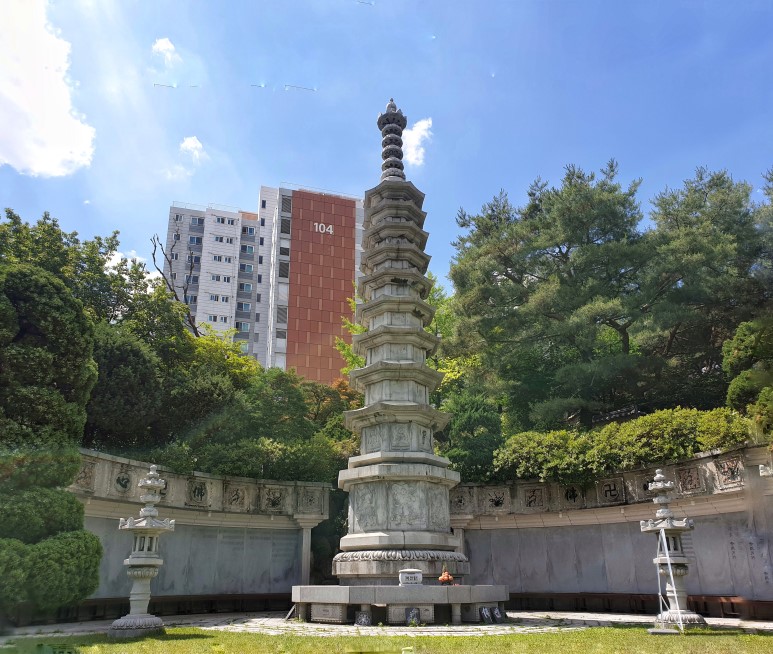
On this course, we gathered at Bomun station exit 1 and headed for our first destination, Bomunsa Temple. Most of the temples in Korea refer to the Jogye order of Buddhist temples but Bomunsa temple is the only temple that refers to the Bomun Order. It is also Korea’s only temple run by Buddhist nuns.

Not to be confused with the other temple of the same name in Incheon, this temple was originally built in 1115 (고려예종 10).Like most temples in the country, Bomunsa has been renovated many times, and it’s difficult to tell how old the current buildings are. According to one sign, the grand hall (대웅전) has survived since King Yeongjo’s time (reigned from 1721-1776); other buildings are a little more vague about their age.
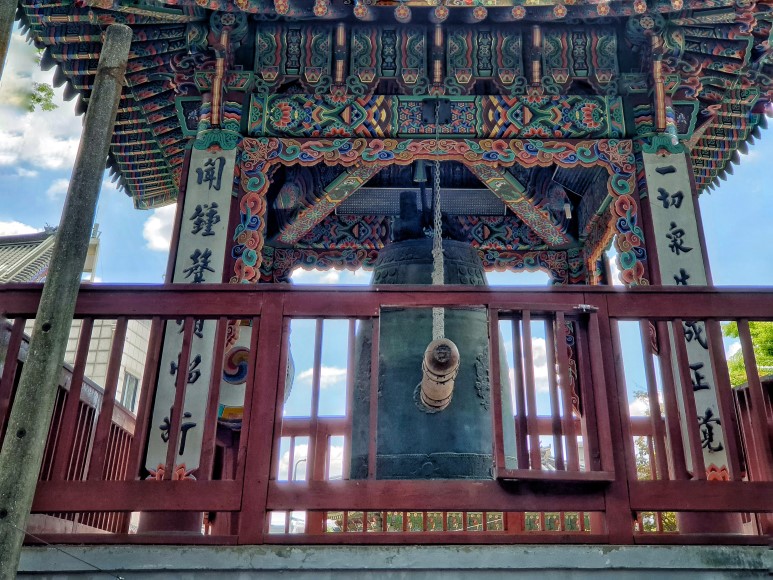
In exception to the castle, Bomunsa temple was one of the four templesthat was the prayer place of the queen and concubines. Also, it is said that the place where high female officials or the old concubines without a place to go could stay.Although the temple was desolate during the Japanese colonial rule, after the independence, a nun named Eunyoung took office for over 30 years. She is officially the first nun dharma master and one of the first three eminent female doctrinal masters. The monk Eunyoung made many new buildings including Seokguram, and established Bomunsa as an independent order, which made the temple the official headquarters of the Bomun Order of Buddhists.
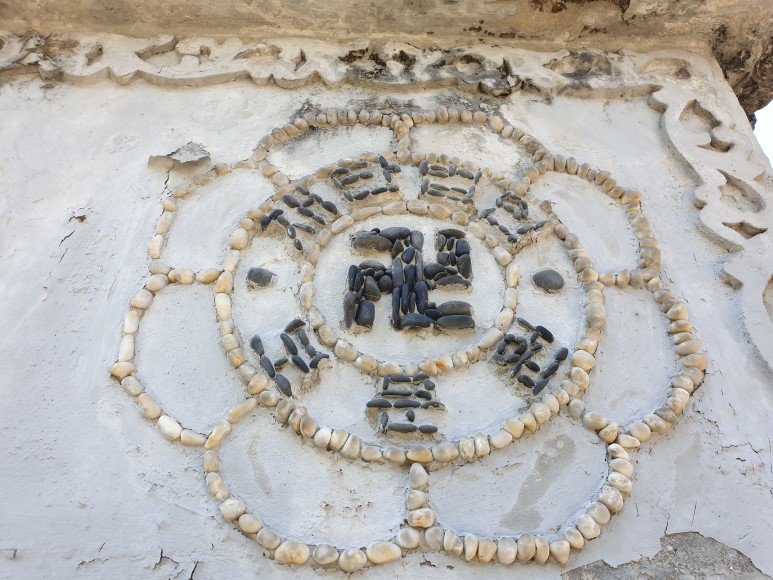
Bomunsa Temple’sSeokguram is an artificial cave built with the help of Samgak Mountain. It is said to have been constructed using Gyeongju’sSeokguram (National Treasure No. 24) as a model. However, there are a lot of differences between the two, one of the major differences is that the gate of Gyeongju’sSeokguramhas one door at the front entrance, but this place has three doors.

On the left side of the mountain ofSeokguram, there is a stone pagoda with a stone pavilion, which is enclosed with three sacred sins. With eight angles and nine stories, this reliquary stone tower claims to house the “teeth relics” of Buddha and is an example of Goryeo (918-1392 A.D.) architecture.
Another very interesting architecture is Bomunsa’sGeukrakbojeon(극락보전). The present Geukrakbojeonis continuously called theDaewoongjeon(대웅전)but in 2017,while they were remodeling the temple, the original gate was discovered in its entirety and thus rediscovered its old name. The Geukrakbojeon is in the form of a pagoda roof, with 3 front and 2 side panels. Placed inside is Amitabhawith Mahāsthāmaprāpta and Avalokiteshvara at his sides.
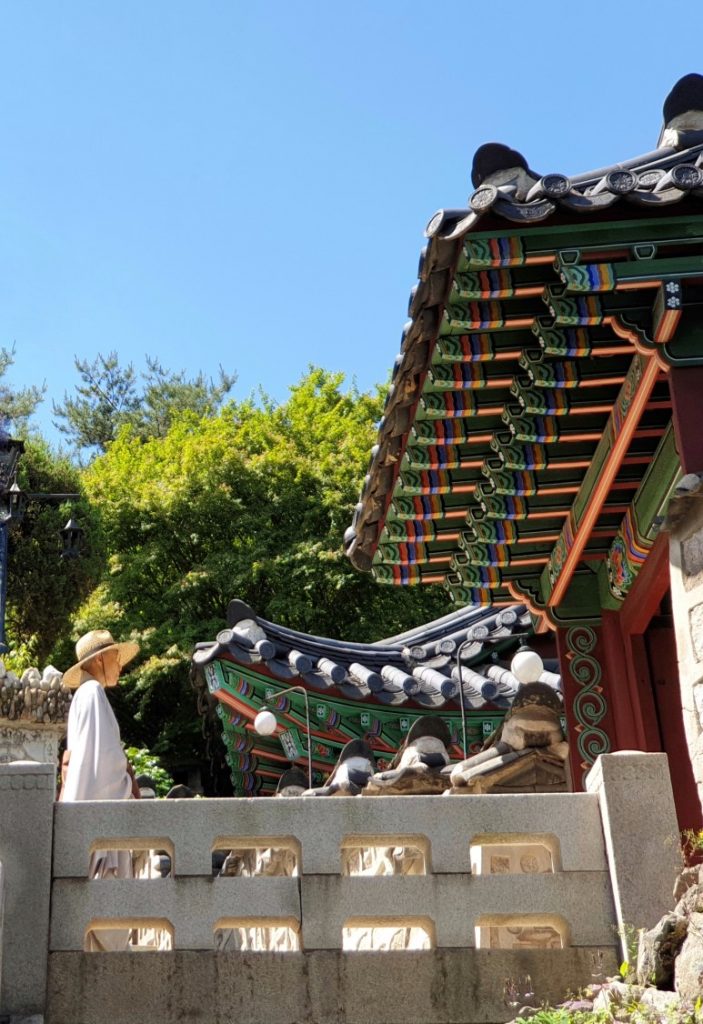
Since I discovered it as part of a tour, I was lucky to explore the temple fully and learn its history, even listen to Bomunsa temple’s famous hymns. However, the temple is always open to the public . People can come to worship, learn about the history of the place or just engage in the many community events. Bomunsa Temple is deeply engaged in the Seongbuk community. Every 3rd Wednesday of the month, theelderly gather for a freemeal and to sharewords. They also have various groups for children and youths to make memories.
Every Saturday afternoon of certain months (March – May, September – November), they host a shorttemple stay from 2pm to 5pm. During the program, people can learn about Korean tea ceremony, making a lotus lantern, and practicing obeisance for 10,000 won. It’s open to both foreigners and Koreans, and is a great opportunity to learn more about the Buddhist faith. While it’s not like othertemple stays that are usually overnight, it’s certainly interesting for those interested but don’t have a full weekend.
Directions to Bomunsa Temple:
Train: Take line 6 of the Seoul subway system to the Bomun station. Take exit 1 to street level. Bear right and look uphill instead of going through the tunnel.
Buses: 103, 142, 152, 272, 273, 1014, 1111, 1162, 2115, N15 and 성북03
[글/사진 성북마을기자단 티티]